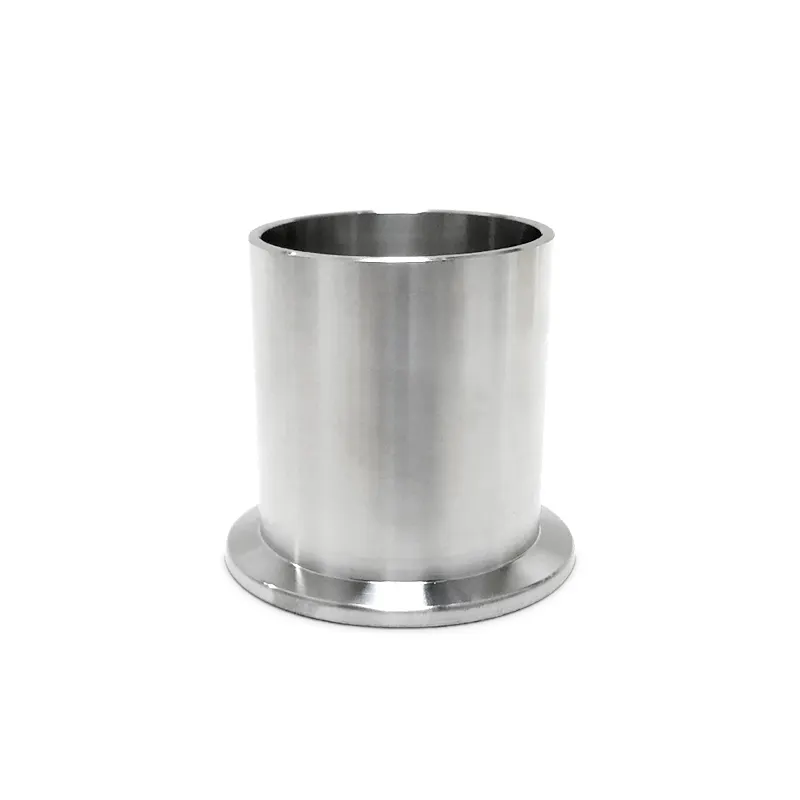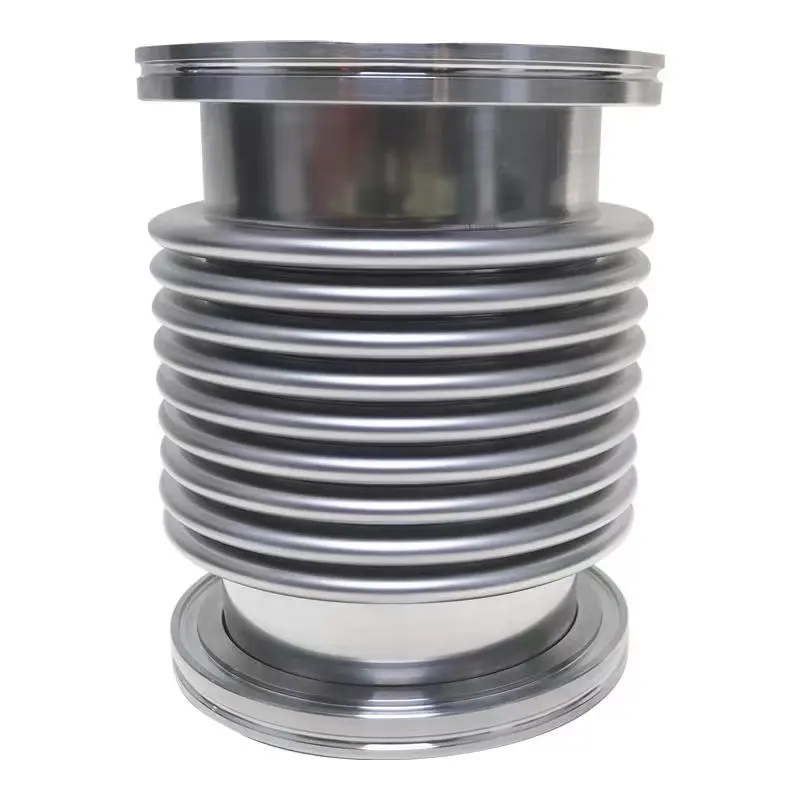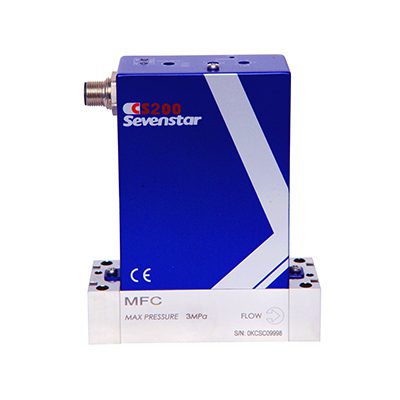What Are The Common Technical Terminology Of Vacuum Pumps?

Here are some common technical terminology associated with vacuum pumps:
- Ultimate pressure: The lowest pressure a vacuum pump can achieve, typically measured in millitorr or Pa.
- Pumping speed: The rate at which a vacuum pump can remove gas molecules from a system, typically measured in liters per second or cubic feet per minute.
- Backing pump: A vacuum pump used to support the operation of a high vacuum pump by removing larger volumes of gas at a relatively low pressure.
- Foreline pump: A vacuum pump used to pump down the space between the system being evacuated and the high vacuum pump.
- High vacuum pump: A vacuum pump capable of achieving low pressures in the high vacuum range, typically below 10^-3 torr or Pa.
- Roughing pump: A vacuum pump used to remove gas molecules from a system at pressures higher than those that can be handled by a high vacuum pump.
- Ion pump: A vacuum pump that uses an electric field to ionize gas molecules and then trap them on a solid surface.
- Diffusion pump: A high vacuum pump that operates by directing a jet of vapor onto a cooled surface, creating a pressure gradient that draws gas molecules out of the system.
- Rotary vane pump: A type of vacuum pump that uses rotating vanes to compress gas molecules and move them out of the system.
- Cryogenic pump: A vacuum pump that uses extremely low temperatures to condense gas molecules into a solid or liquid, removing them from the system.
Understanding these technical terms can help you choose the right vacuum pump for your application and troubleshoot any issues that may arise.



